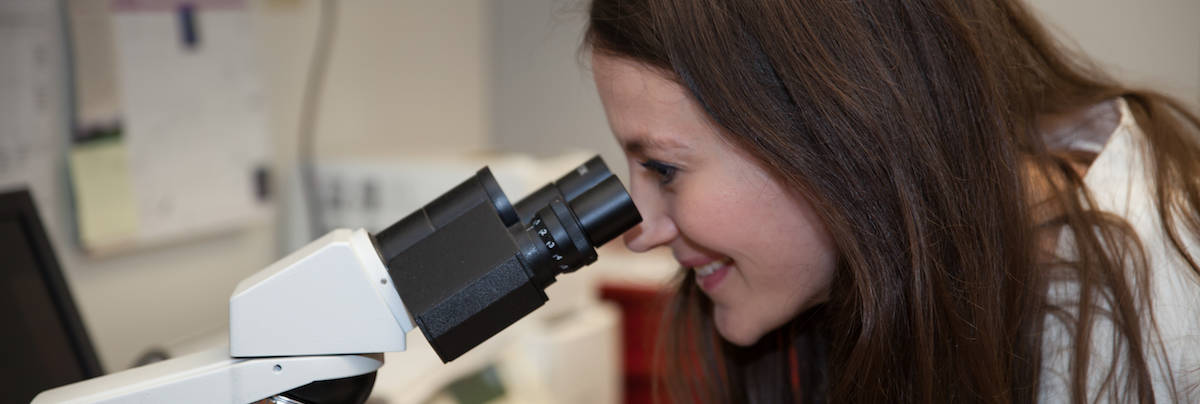According to the Skin Cancer Foundation, one in five Americans will develop skin cancer during their lifetime. Forty to fifty percent of Americans 65 years of age and older will have either basal cell carcinoma or squama cell carcinoma at least once. Skin cancer is the most prevalent form of cancer today and is beginning to reach epidemic levels. If you or someone you loved is diagnosed with skin cancer, it’s important to begin treatment right away.
Not all skin cancer treatments are created equal. Most standard surgical procedures that remove cancerous tissue also require the removal of a substantial amount of healthy tissue. The tissue must then be sent to a lab for a review and the results could take several days. Also, standard surgical procedures increase the likelihood of leaving a scar.
The Mohs technique, also known as Mohs micrographic surgery, was developed by Frederick Mohs in the 1930s and is the single most effective technique for removing these cancers. One of the reasons why the Mohs technique is still so widely used among surgeons today is because it completely removes cancerous cells while maintaining the greatest amount of healthy skin tissue. With the Mohs technique, cure rates for Basal Cell Carcinoma and Squamous Cell Carcinomas are 98 percent.
Mohs surgery is usually performed in an outpatient setting with local anesthesia, which means the patient is awake during the procedure. The surgeon begins by cutting out a small piece of the tumor with a scalpel. The removed tissues are then frozen and stained so that the surgeon can look at it under a microscope that very same day. If the surgeon can see visible roots in the tumor, he or she will then remove another layer of the tumor and repeat the process until all of the cancer is gone. After the last of the cancer is removed, the patient will be stitched up. Depending on how many layers of tumor need to be removed, the entire procedure could take approximately one to three hours.
Remember, the best way to prevent skin cancer is to wear broad spectrum SPF every day (even on cloudy or overcast days) and avoid excessive sun exposure. If you must be out in the sun, wear UV-ray blocking sunglasses and sun protective clothing.
Early detection is key to the success of your skin cancer treatment. We recommend examining your skin every month and be sure to see a dermatologist once a year for a professional skin exam. Call 317-838-9911 (Plainfield location) or 317-732-8980 (Zionsville location) today to schedule an appointment.
Disclaim: This blog provides general information and discussion about medical, cosmetic, mohs, and surgical dermatology. The words and other content provided in this blog, and in any linked materials, are not intended and should not be construed as medical advice. If the reader or any other person has a medical concern, he or she should consult with an appropriately-licensed dermatologist or other health care worker.
